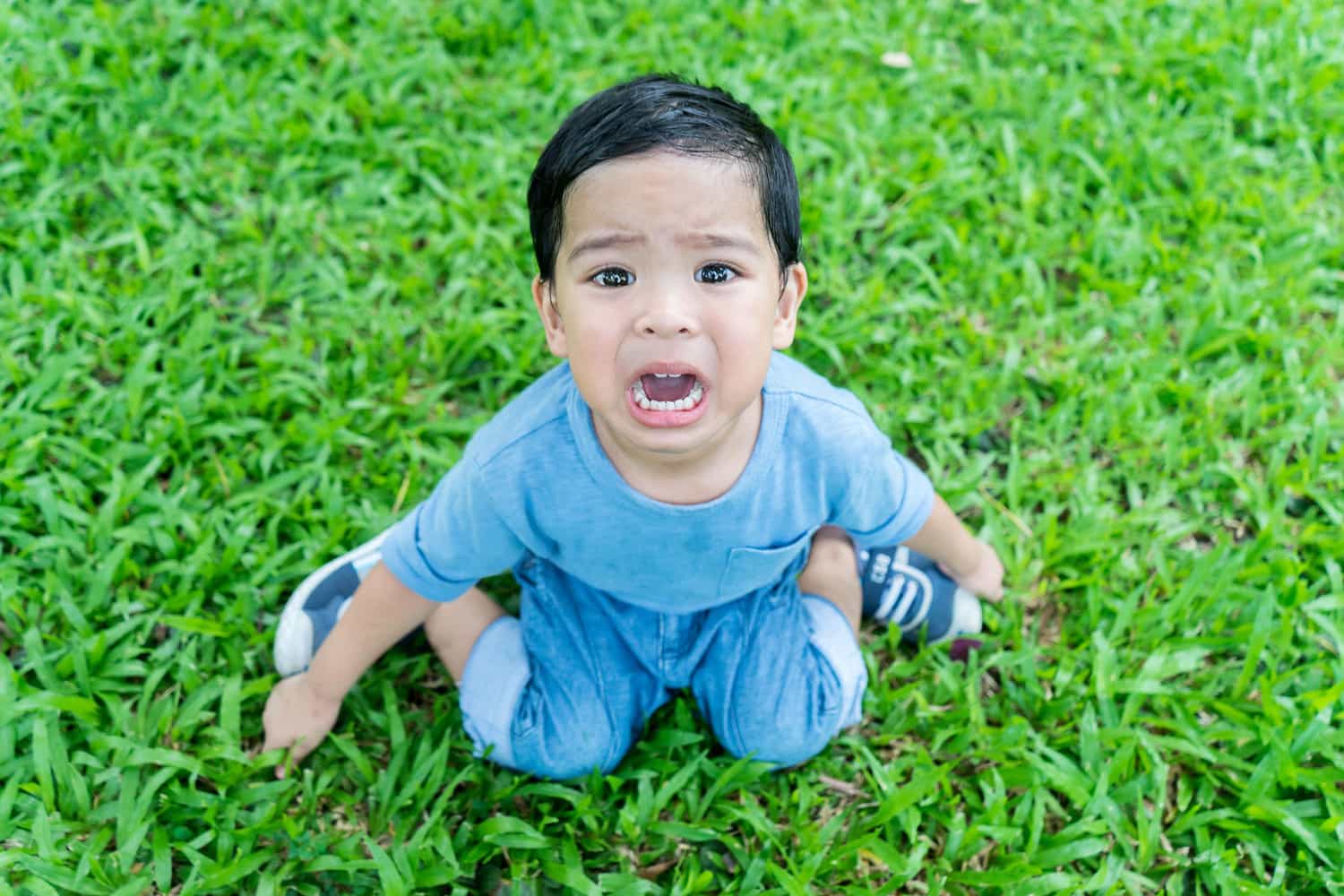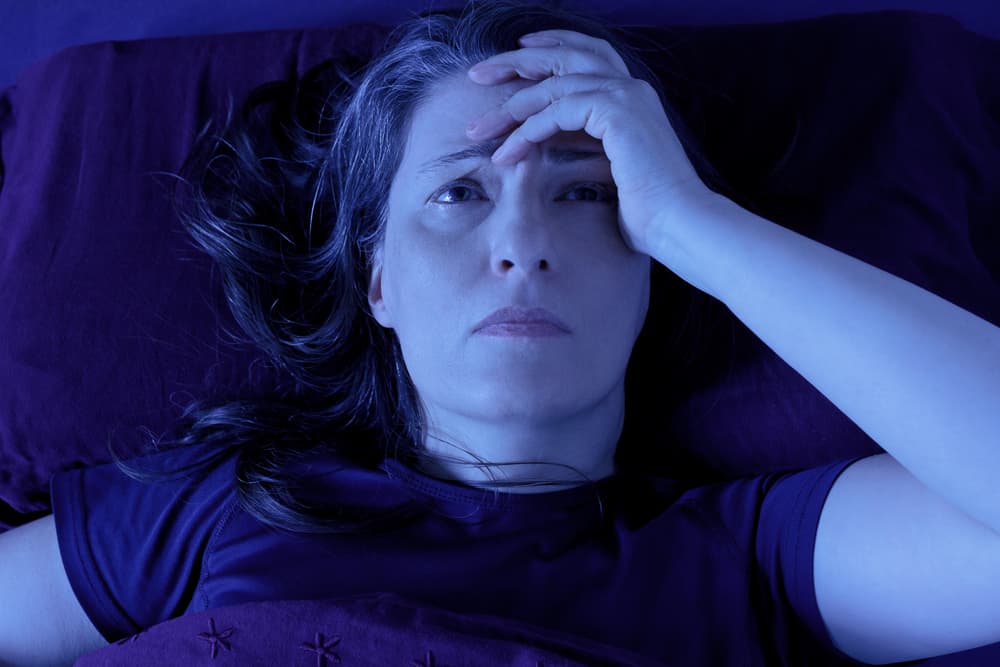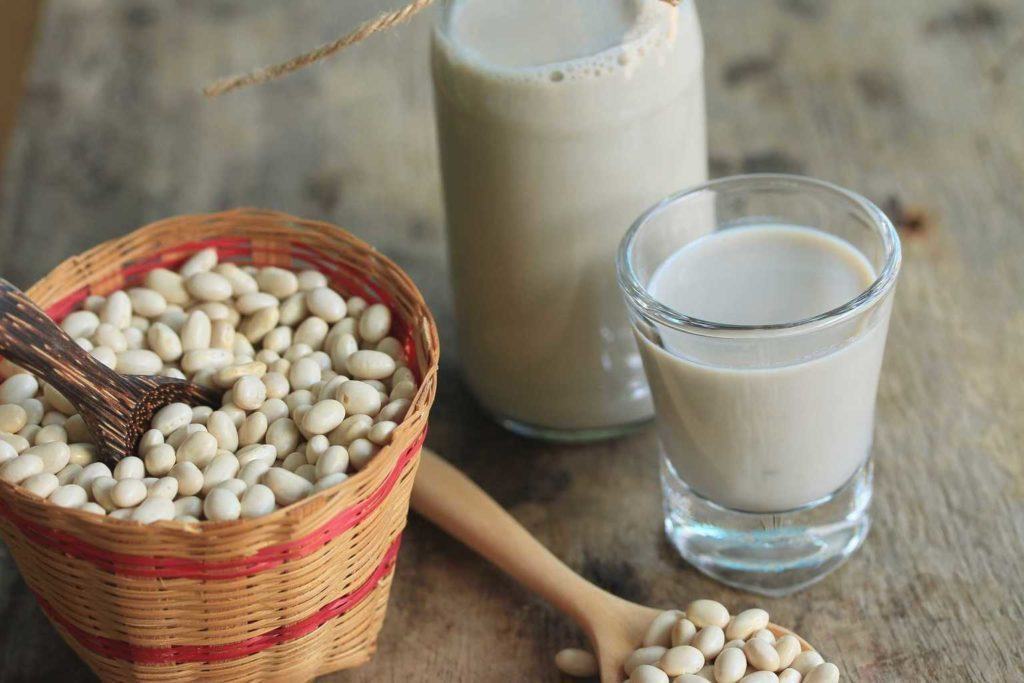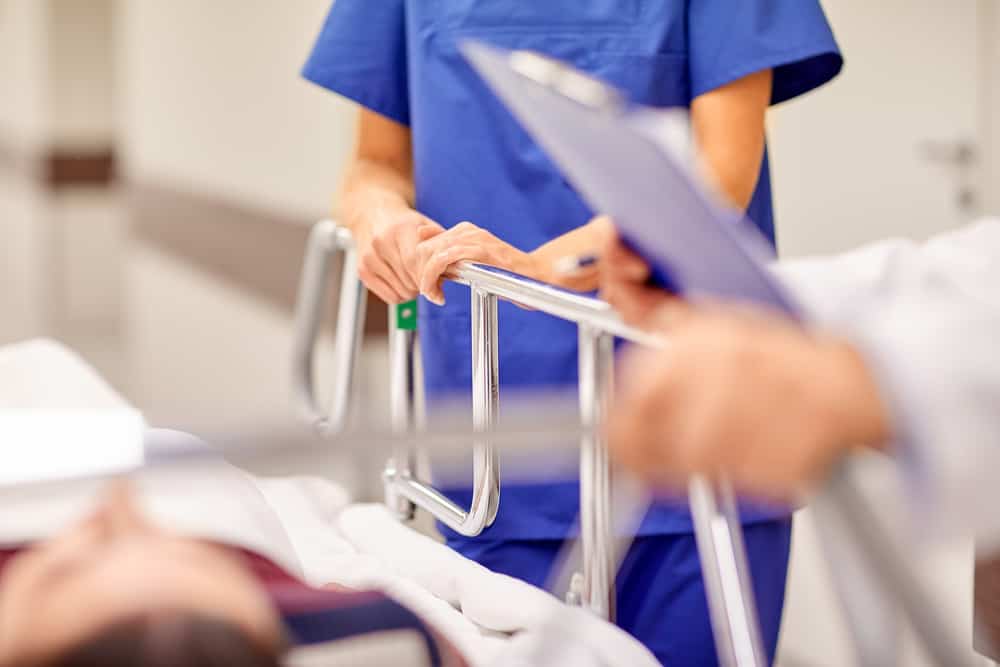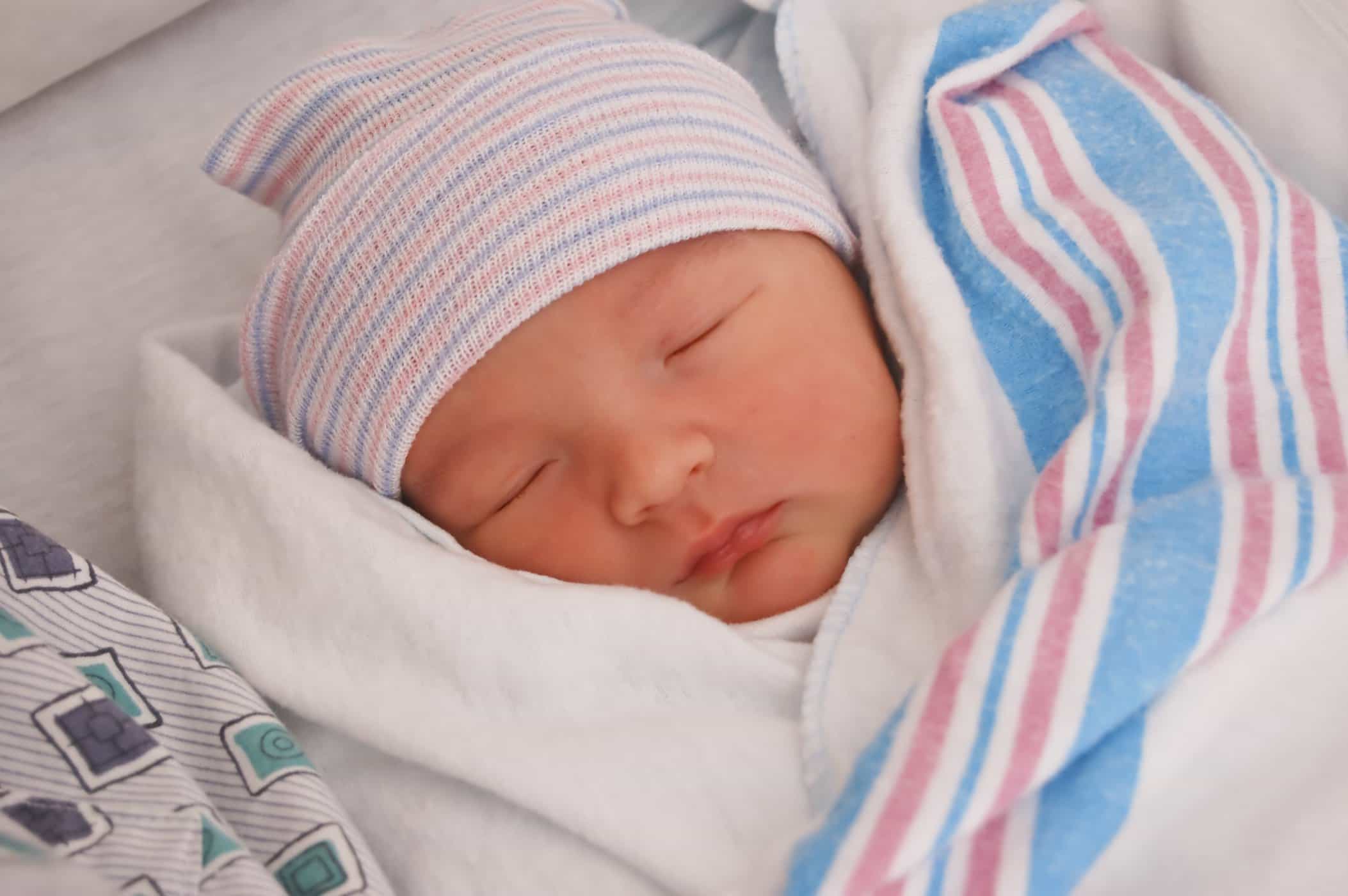Contents:
- Medical Video: Pediatric Exams: Stroke in Children
- Hemiparesis
- Epilepsy
- Speech disorders and disorders compose words
- Motion disorders
- Cognitive / habitual disorders
- Psychological complications
- Headache
- Effects on parents and family
- How to prevent a child's stroke from recurring later?
Medical Video: Pediatric Exams: Stroke in Children
The effects of stroke during childhood can vary. Many factors can determine, but only a few have understood the reason. Therefore, it is difficult to determine what will happen in the future of a child after he has had a stroke. This depends on the type, size and location of the stroke.
Decreased ability due to a stroke usually only feels bad at the beginning of the condition when a new stroke occurs, and almost all children will recover as time goes by. However, some new problems were seen after the brain developed several years later, such as mild seizures or learning problems, which were only discovered later in school.
Most children who experience a stroke suffer from some nerve limitations even though many also grow normally and healthy. Potential complications that may occur due to stroke in these childhood include:
Hemiparesis
Permanent weakness on one side of the body is a common complication. This condition affects the arms and hands and affects many daily living activities with significant consequences for quality of life. Disorders of the lower body affect how to walk and do normal childhood activities. Management of this condition requires examination and treatment methods from occupational and physical therapists of children. Treatment with therapy can be done with motion induction therapy. Attention to complications associated with flexibility and orthopedic complications (contractures, scoliosis) by experts during rehabilitation is very important.
Epilepsy
Repeated seizures after a small stroke may occur, which often appear years later. Most seizures are rare and can be managed with anticonvulsant drugs, but more complex epilepsy may occur. Seizures can have a major impact on a child's daily life and mental health. A comprehensive approach based on the practical knowledge of epilepsy in children is needed.
Speech disorders and disorders compose words
Although this condition only affects a small proportion of stroke patients in children, it has major consequences for daily activities, academic success, and social welfare. Possible disorders include difficulties with clarity of speech (dysarthria) and composing or understanding language (dysphasia). Examination and therapy from a child pathologist is needed.
Motion disorders
Hemidystonia can also occur after a small stroke, especially affecting the basal ganglia. Treatment can be challenging because the effectiveness of the drug may be limited. Regional use of botulinum toxin may be effective.
Cognitive / habitual disorders
Child stroke may have a broad effect on higher brain function, including learning ability and cognition. The causes of complications have been explained. Attention deficit hyperactivity disorder (ADHD) is usually very common with basal ganglia stroke in children and can be treated with medical treatment and behavioral therapy. Higher brain system disorders, including memory functions and executive functions, require further examination. Examination by a child neuropsychologist, followed by integrated communication with teachers, education experts, parents, and children, is needed to optimize therapy.
Psychological complications
The effects on mental health are not well studied in small strokes but are most likely to occur. Depression in children may be more difficult to treat and a second cause of high suicide rates and implications for adult mental health. Screening for depression, anxiety and other mental health complications must be included in the care of children with strokes.
Headache
The frequency of headaches seems to be more common in children with strokes. Many headaches are primary headaches and can be treated. However, new headaches must be watched out for possible conditions such as moyamoya syndrome, vasculitis, or CSVT.
Effects on parents and family
The effects on parents and family are not studied deeply but are most likely to occur. Mother's guilt and tendency to blame others must be dealt with. Family-centered care and support community methods can offer benefits for caring for children with strokes. An extensive network of parents will provide valuable support for children.
How to prevent a child's stroke from recurring later?
Stroke children have a high risk of relapse. The percentage risk of stroke recurrence in children with arteriopathy can exceed 50%. However, most of these risks occur early in the course of the disease. Other chronic disorders, such as congenital heart disease and Moyamoya, can cause long-term risks. CSVT recurrence rates are much lower and are usually associated with chronic conditions such as inflammatory bowel disease or thrombophilia.
Recurrences of hemorrhagic strokes also vary greatly from 2-4% per year to wounds such as AVMs, up to 0% for bleeding disorders.
Some strategies that can be done to minimize the risk of recurrence of stroke are:
- Anti-thrombotic therapy with ASA is continued in the majority of children with AIS, especially those who have a continuous arteriopathy.
- Certain high-risk conditions may require long-term anticoagulant therapy, along with warfarin (Coumadin). Heart conditions are a common example, and new guidelines for the treatment of antithrombotic stroke prevention in childhood heart disease are now available.
- Children at high risk of developing chronic cerebrovascular conditions require regular follow-up examinations and periodic nerve examinations (examples include CNS vasculitis, sickle cell disease, moyamoya syndrome, etc.).
Always follow guidelines for healthy arteries for long-term health and prevention of stroke, including:
- Balanced diet
- Regular exercise
- Avoid smoking
- Screening for diabetes, hypertension and dyslipidemia.
- Moyamoya syndrome may require surgery for revascularization to provide alternative pathways for cerebral blood circulation. The same patients should be advised to avoid dehydration (for example during gastroenteritis) which might lower cerebral perfusion pressure and cause a stroke.
- Children with sickle cell disease need annual screening, including transcranial Doppler ultrasound starting at age 3 or MRI to display evidence of large vessel disease or stroke. Transfusion therapy may be needed. Cell-based therapy can be a potential drug.
- Stroke associated with chronic inflammatory conditions may require long-term immunomodulation therapy under the guidance of a rheumatologist to minimize recurrence of stroke.






